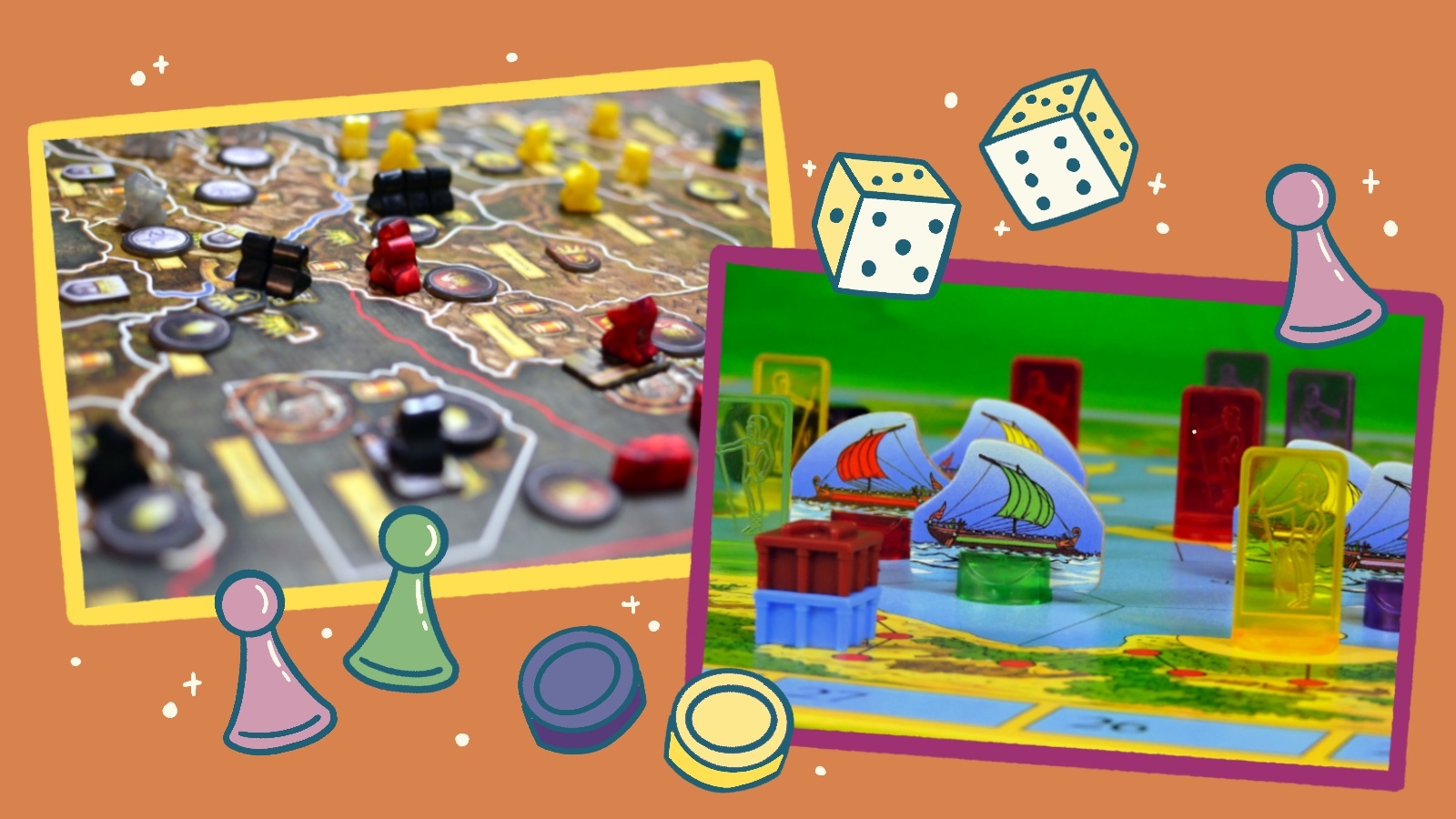Today’s students will graduate into a world that is more interconnected than ever. Students who are collaborative, empathetic, decisive, and confident will be more likely to contribute their skills in any environment. Microschools offer students authentic opportunities to practice and improve their leadership skills.
Cultivating Leadership Skills in Microschools
Developing student leaders is a process that happens slowly over time. Some essential leadership skills can be taught through direct instruction, but many are less concrete and need to be modeled and nurtured consistently as students develop.
Identify Role Models
To begin cultivating leadership skills, it’s important for students to recognize the attributes that make someone a good leader. Ask your students to reflect on a leader they’ve had in real life who made them feel like an important part of the group, and offer examples of what that person did that demonstrated leadership. Another useful exercise can be for students to study important leaders from history and brainstorm the qualities that they embodied. Consider hanging a poster in the classroom with the title “Good Leaders. . .” and inviting students to add sticky notes to it with essential traits or practices of a good leader.
Practice Conflict Resolution
Conflict resolution is one essential leadership skill that can be developed through direct instruction. Teaching students to listen to multiple perspectives, approach situations without judgment, and diffuse tense situations lays a solid foundation. Offering opportunities for student mediators in the classroom can help older or more experienced students to practice these skills while also modeling them for others. Microschools’ small class sizes can help students get comfortable practicing conflict resolution in a trusted group, leading to stronger outcomes.
Model Empathy
Good leaders also need to be empathetic and approach their work with integrity. These attributes are more difficult to teach through direct instruction. Consistently modeling these traits yourself will give students a good idea of how to get started. Educators who talk through their own empathetic responses or questions of integrity provide a model for students to learn more. Discussing these as they are encountered in stories, history lessons, or other media can also be a helpful tool.
Promoting Teamwork and Collaboration to Build Leaders
Great leaders work with others. There is no way to be an effective leader without also being an effective teammate and collaborator. This means that communication skills are an essential part of being a leader.
Foster Strong Communication
Give students lots of opportunities to communicate with one another and with adults. Encourage thoughtful collaboration by posing multi-step problems that require critical thinking or have no single correct answer. Have students practice communicating with one another by presenting ideas and research, participating in debates, and engaging in discussions. Especially in a Microschool setting, these debates may even occur naturally. If students seem interested in pursuing a topic that comes up during a lesson, follow their lead and give them the opportunity to work through an issue on their own.
Promote Teamwork
Students should also be given lots of opportunities to work together. In a Microschool, the groupings can be formed deliberately, either choosing to group younger or less experienced students together, or mixing ages to provide a wider range of skills and perspective. Have student groups share responsibilities and allow them to negotiate who will do what. By working together to achieve common goals, students will see firsthand the importance of both leaders and team players.
Encourage Mistakes
Finally, students should know that everyone makes mistakes and that when they step into a leadership role, this expectation doesn’t change. Mistakes are all right. They are opportunities to learn and grow. Promote a school culture that provides a safe place for making mistakes, and praise students for their resilience when they use what they’ve learned to try again. Particularly if you are using alternative assessment methods in your Microschool, students will feel less pressure to perform perfectly and instead focus on the process of growth.
Creating Opportunities for Practical Student Leadership
Of course, the best way to build and practice leadership skills is to put them to the test. In a Microschool, students have many unique opportunities to take leadership over their own learning. They might choose what they are studying, how they learn about it, or how they show what they know. These smaller chances to practice leadership then lead to bigger opportunities for leadership in authentic settings.
Give Students Agency
Involve students in decision-making in the classroom. Allow them to debate appropriate rules, schedules, special events, or field trips. Give these discussions time and space, so that students can naturally establish leadership roles within them. At a Microschool, students can have more real influence over how their classroom is run, empowering them to make meaningful decisions.
Assign Leadership Roles
Also provide formal opportunities for student leadership. Having positions such as group leaders, project managers, or class representatives will give student leaders the chance to put their skills to work and reflect on their successes and areas for growth. Students can also become leaders of volunteer work or community service, building a sense of ownership and responsibility along the way. Finally, a formal mentoring program can train student leaders. Initially, this program would need to be led by teachers, but as more student leaders emerge, they can take over, providing their peers with training in specific leadership skills and becoming reliable leadership models in the classroom.
Student Leaders Become School Leaders
There are two important reasons to develop student leadership skills in a Microschool. Students who are confident, empathetic, and capable of making decisions with integrity will always serve as role models for other students. Beyond that, though, they will help to guide the direction of your Microschool as it develops over time. Students who are invested in the school and its future are more likely to attract like-minded students, and more likely to reinvest in the school even after graduation.
Developing leadership skills in Microschools not only benefits individual students but also contributes to the overall growth and success of the school community.


